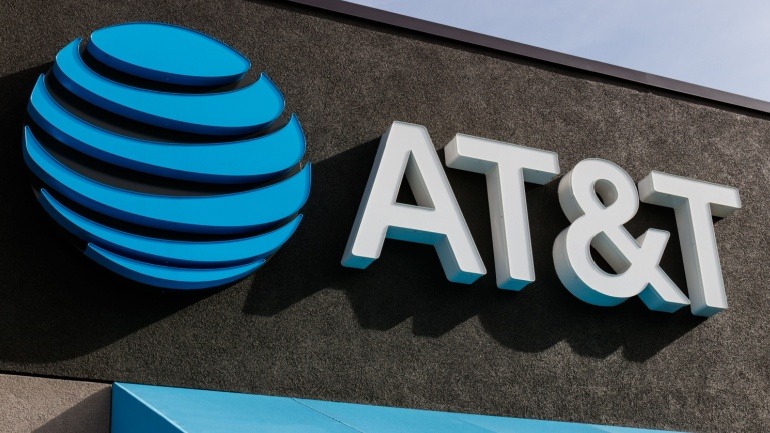Point Topic’s recent analysis reveals that global fixed broadband connections will rise to 1.39 billion by the end of this decade. While some regions will reach near-saturation, others will see significant growth opportunities.
According to the report, fixed broadband connections are projected to increase by 15% from the end of last year to 2030, largely driven by the expansion of fibre-to-the-premises (FTTP). FTTP will dominate, making up 1.12 billion of these connections by 2030, which is a 25% increase over the forecast period. However, the adoption of FTTP will vary by region.
Currently, FTTP leads in Asia and Europe and is predicted to become the primary technology in the Americas by 2025. In contrast, Africa’s FTTP deployment is in its infancy, with penetration expected to reach only 14% by 2030, despite investments in Egypt and Algeria.
Interestingly, fixed wireless access (FWA) is set to be the fastest-growing broadband technology, with a projected 61% increase in connections by 2030. Although FWA will account for just 16 million connections in major markets by then, its growth is notable. The study focuses on FWA in Canada, the US, and Italy, but global figures could be higher if 5G-based FWA gains traction elsewhere.
US telecom giants T-Mobile US and Verizon are actively promoting FWA, boasting 8.6 million connections as of March. T-Mobile has even launched a new FWA service targeting customers seeking reliable backup for fibre or cable connections.
Despite the rise of FTTP, cable will remain significant in the Americas, with cable penetration expected to surpass FTTP by 2030. Meanwhile, China’s broadband market, the largest globally, presents unique challenges due to discrepancies in government data.
By 2030, China will be among 16 markets with over 90% broadband penetration, limiting new customer growth and pushing providers to upgrade existing services. Conversely, countries like India will see substantial growth potential, with fixed broadband penetration projected to climb from 11% to 33%.
Point Topic emphasizes that markets with currently low broadband penetration, such as India and Indonesia, will experience significant growth as consumers increasingly demand the benefits of fixed broadband and full fibre.







